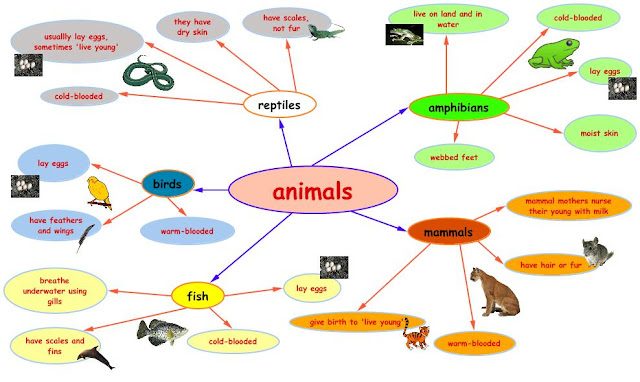lunes, 10 de junio de 2013
viernes, 7 de junio de 2013
TYPES OF POSTERS
Posters are used for a variety of purposes, and as such fall into types or classifications that make it easier to create a poster because each type has its own particular features
Advertising
- Advertising posters are everywhere and are used to announce an event or a new product, according to the Free Library website. They are usually full-color and placed in high traffic areas, where they can be readily seen.
Informative- These types of posters do just what it seems like they should do inform or educate people about something. They might be used for a social awareness campaign or to help save an endangered species.
Subject- Subject posters are about something. They are sold at concerts or at art functions typically. The portrait of a musician or an art exhibit are often the subjects of these posters, hence the name.
Propaganda
- Propaganda posters often receive negative press because they are very often associated with political campaigns or corporate communication. They often feature logos and portray the values or philosophy of a company or political candidate.
martes, 4 de junio de 2013
jueves, 11 de abril de 2013
SHAPES 2D 3D
SHAPES 2D – 3D
When we
look around a room, we can see that something is wide or narrow, tall or short,
near of far. To visually measure space and volume, we need to look:
VERTICALLY, from top to bottom, to compare HEIGHT
HORIZONTALLY, from side to side, to compare WIDTH
TRANSVERSALLY, from front to back, to compare DEPTH.
We need to
know these three basic dimensions (HEIGHT, WIDTH and DEPTH) to accurately
interpret the space around us and to see shapes THREE-DIMENSIONAL.
1. Three-dimensional forms on a plane.
To create
three-dimensional forms on a plane, we have to learn how to artistically
represent the third dimension: depth.
Artists use
many ways to create the illusion of depth on a flat surface.
One of them
is the use of CHIAROSCURO.
“Chiaroscuro”
is an Italian word to express the treatment of LIGHT and SHADE in drawing and
painting, with strong contrasts to create
dramatic effect.
2. Three-dimensional forms in
the space.
There are several ways to create VOLUME from a flat surface.
One method is to fold an object enough times until it becomes a closed
object that has volume.
Geometrical figures that have volume are made up of regular, flat
geometric shapes which fold onto each other. For example, when we peel an
orange, the outside part can be recreated in one piece onto a flat surface.
jueves, 21 de marzo de 2013
Mind Mapping
MIND MAPPING
How can I improve my study skills with Mind Mapping?
Mind Mapping has helped students across the world
change the way they make notes, improve their memory and prioritise
information. In this article, find out how Mind Mapping can improve study
skills quickly and easily.
What is traditional note making?
Traditionally, when studying, we make notes in a
linear, list style by making lines and lines of information. By making notes in
this way we end up with ugly, dense lines of text which are difficult to read
and understand.
Why are linear
notes bad?
By writing notes in list form you are forced to
isolate pieces of information, and you will feel unable to make connections
between your ideas. Your creativity is not excited by linear, monochrome lines
of text, meaning that you find ideas written in this way hard to read, and you
don't look forward to reviewing your notes
What is Mind Mapping?
A Mind Map is visual map of your ideas, laid out in a
radial format around a central thought. To use Mind Mapping for study, simply
take the central subject and then organise your notes around this point.
What are the
benefits of Mind Mapping while studying?
·
Mind Maps appeal
to your senses with their visual elements - images, branch colours and curved
branches all add emphasis and ensure that you will remember your notes!
·
By noting down
only key words, you save vital time while studying. Also, when you go on to
write essays or study for exams from your Mind Maps, you will recall the most
important information.
·
You generate
ideas simply through making your Mind Map. Your brain actively makes links
between ideas, adds connections, puts thoughts in order and generates further
creative ideas.
·
Your brain
responds to Mind Mapping as it replicates the natural thinking process, so you
will find your ideas simply flow onto the page, making studying more enjoyable
and more fun!
Mind Mapping as
study skills
The Mind Map is a versatile tool, which can improve
any aspect of study, including:
·
Essay Planning
·
Essay Writing
·
Studying for Exams
·
Generating Creative Ideas
·
Solving Problems
·
Brainstorming for Group Study
·
Creating and Making Presentation
Click too here:
miércoles, 20 de marzo de 2013
martes, 12 de marzo de 2013
miércoles, 27 de febrero de 2013
miércoles, 6 de febrero de 2013
domingo, 20 de enero de 2013
miércoles, 2 de enero de 2013
Suscribirse a:
Comentarios (Atom)








